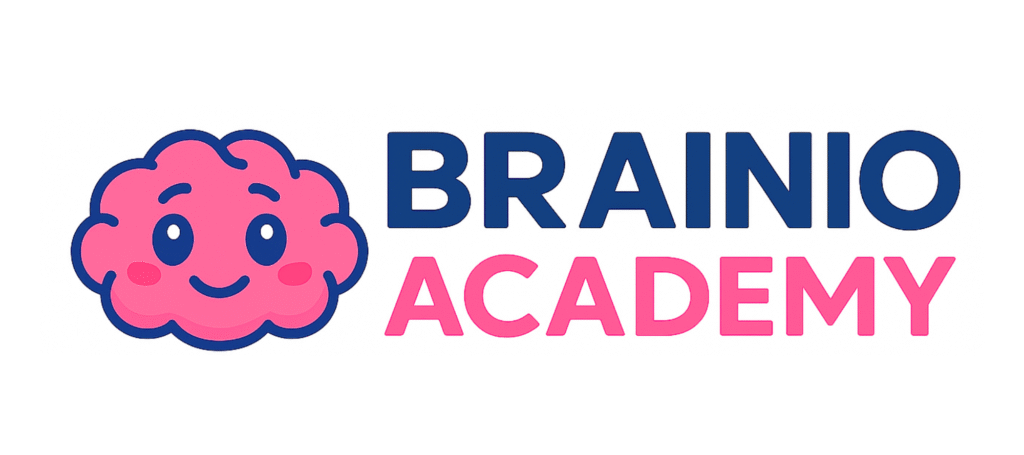
Preparing for the SEAG Transfer Test is about more than just learning English and Maths content. Many children know the material, but lose marks because of exam technique – how they manage time, approach tricky questions, and stay calm under pressure.
Here are ten practical strategies, drawn from my tutoring and teaching experience, alongside advice from official SEAG guidance and transfer-test experts.
- Understand the Paper Format
Each SEAG paper includes both English and Maths, with a short Practice & Instructions section at the start. These first 10 questions aren’t marked – they’re there to help children settle in.
- Structure: 28 Maths + 28 English = 56 questions per paper
- Question types: The first 22 in each subject are multiple-choice, the last 6 require short written or numerical answers
- Answer sheets: All responses must be transferred directly to the separate answer sheet (OMR form)
Parent tip: Download the official SEAG practice papers. Encourage your child to practise filling in the answer sheet at home. Remind them they can make notes on the question paper, but not the answer sheet.
2. Timing & Pacing
Each paper is 60 minutes. Children shouldn’t split it “30 minutes Maths, 30 minutes English” – they need flexibility.
Child tip: Attempt easier questions first and come back to harder ones later. If stuck, skip and return. Time is precious.
- Reading the Question Carefully
Many marks are lost by misreading. Watch for “NOT,” “only,” “first,” or “last.”
Child tip: Underline or highlight key words and numbers on the question paper. This reduces “silly mistakes” (OnTarget Resources, 2024).
4. Reading Comprehension Strategy
Passages can feel long, but smart tactics help:
- Answer location-based questions first (e.g. “line 6”)
- Be alert to synonyms (e.g. ill vs unwell)
- Use process of elimination when stuck
Child tip: If torn between two answers, cross out the ones that don’t fit — fewer choices makes the right answer clearer.
- Grammar, Spelling & Punctuation
English often tests small but vital details.
Child tip: Read the sentence aloud in your head. Check capital letters, apostrophes, and homophones (their/there/they’re).
- Fractions, Decimals & Percentages
Fractions are the #1 SEAG stumbling block.
Child tip: Always jot down working. Converting between fractions, decimals, and percentages comes up again and again.
7. Problem-Solving in Maths
Multi-step questions require care.
Child tip: Highlight important numbers and underline operation words (e.g. total, difference, share). Break the problem into steps.
8. Smart Guessing & Estimation
There is no negative marking in SEAG. Never leave a question blank.
Child tip: Make an educated guess if unsure. Use estimation to spot answers that are “too big” or “too small.”
9. Managing Exam Nerves & Confidence
Confidence can add several marks.
Parent tip: Remind your child that the first page is just practice. Encourage calm breathing if they panic. Use the last 5 minutes to check carefully.
Exam rule: Pupils may bring a highlighter, and they can use it on the question paper or rough work, but not on the answer sheet (SEAG FAQs, Strathearn School).
10. Review & Reflection After Practice Papers
It’s not enough to “mark and move on.” Children progress fastest when they analyse why they got questions wrong:
- Was it timing?
- Misreading?
- Lack of knowledge?
- Nerves?
Parent tip: Keep a simple error log to spot patterns. For example, repeated mistakes in “inference” comprehension questions or “unit conversion” in Maths.
Final Thoughts
Strong exam technique can make a real difference in SEAG results. By practising under timed conditions, learning how to approach different question types, and managing nerves, children give themselves the best chance to succeed.
At Brainio Academy, we’re building these strategies into our interactive SEAG preparation programme — so pupils don’t just learn the content, they learn how to apply it confidently under real exam conditions.
References & Useful Links
- SEAG Official Resources – Practice Papers & Format: SEAG NI
- SEAG FAQs for Parents (inc. highlighter rule): Strathearn School SEAG FAQs PDF
- OnTarget Resources – How to stop silly mistakes in SEAG: OnTarget Blog
- The Exam Coach – 18-Point Guide for 11+ / Transfer Exams: Exam Coach Blog
- 11PlusBlocks – 21 Review Techniques: 11PlusBlocks
- Twinkl SEAG Overview – Format & Topics: Twinkl
- Transfer Tutor – SEAG Specification: The Transfer Tutor
#SEAG #TransferTest #NorthernIrelandSchools #GrammarSchoolPrep #P7 #BrainioAcademy #mybrainio #MathsRevision #EnglishRevision #ExamTechniques #StudySkillsForKids #primaryschool

